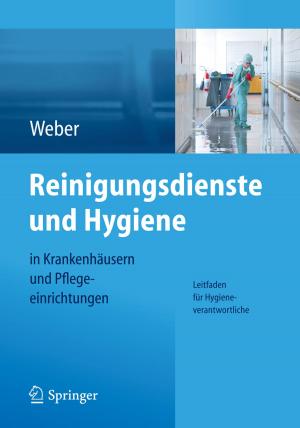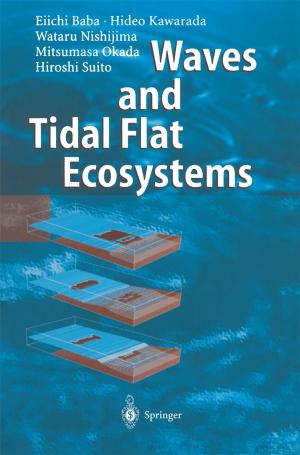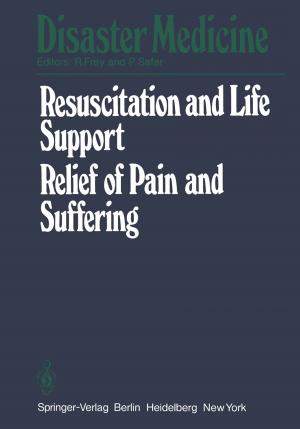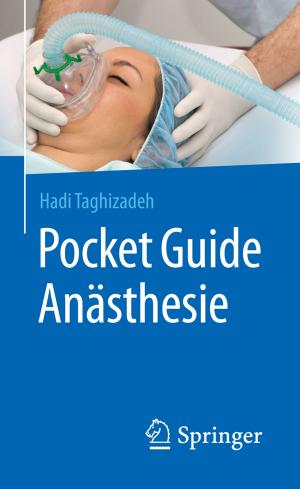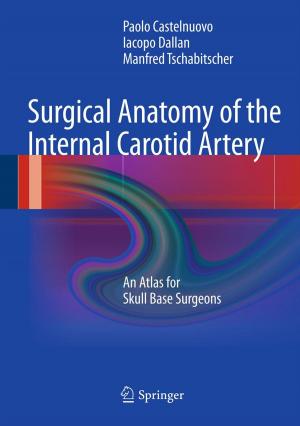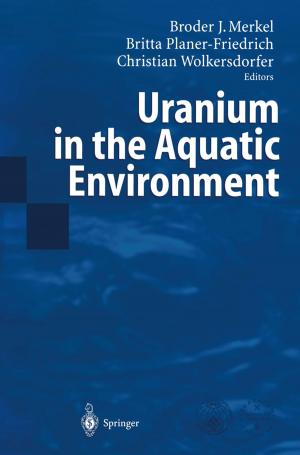Phosphorus in Action
Biological Processes in Soil Phosphorus Cycling
Nonfiction, Science & Nature, Science, Biological Sciences, Biochemistry, Botany| Author: | ISBN: | 9783642152719 | |
| Publisher: | Springer Berlin Heidelberg | Publication: | November 8, 2010 |
| Imprint: | Springer | Language: | English |
| Author: | |
| ISBN: | 9783642152719 |
| Publisher: | Springer Berlin Heidelberg |
| Publication: | November 8, 2010 |
| Imprint: | Springer |
| Language: | English |
Phosphorus (P) is a finite resource which is essential for life. It is a limiting nutrient in many ecosystems but also a pollutant which can affect biodiversity in terrestrial ecosystems and change the ecology of water bodies. This book collects the latest information on biological processes in soil P cycling, which to date have remained much less understood than physico-chemical processes. The methods section presents spectroscopic techniques and the characterization of microbial P forms, as well as the use of tracers, molecular approaches and modeling of soil-plant systems. The section on processes deals with mycorrhizal symbioses, microbial P solubilization, soil macrofauna, phosphatase enzymes and rhizosphere processes. On the system level, P cycling is examined for grasslands, arctic and alpine soils, forest plantations, tropical forests, and dryland regions. Further, P management with respect to animal production and cropping, and the interactions between global change and P cycling, are treated.
Phosphorus (P) is a finite resource which is essential for life. It is a limiting nutrient in many ecosystems but also a pollutant which can affect biodiversity in terrestrial ecosystems and change the ecology of water bodies. This book collects the latest information on biological processes in soil P cycling, which to date have remained much less understood than physico-chemical processes. The methods section presents spectroscopic techniques and the characterization of microbial P forms, as well as the use of tracers, molecular approaches and modeling of soil-plant systems. The section on processes deals with mycorrhizal symbioses, microbial P solubilization, soil macrofauna, phosphatase enzymes and rhizosphere processes. On the system level, P cycling is examined for grasslands, arctic and alpine soils, forest plantations, tropical forests, and dryland regions. Further, P management with respect to animal production and cropping, and the interactions between global change and P cycling, are treated.

